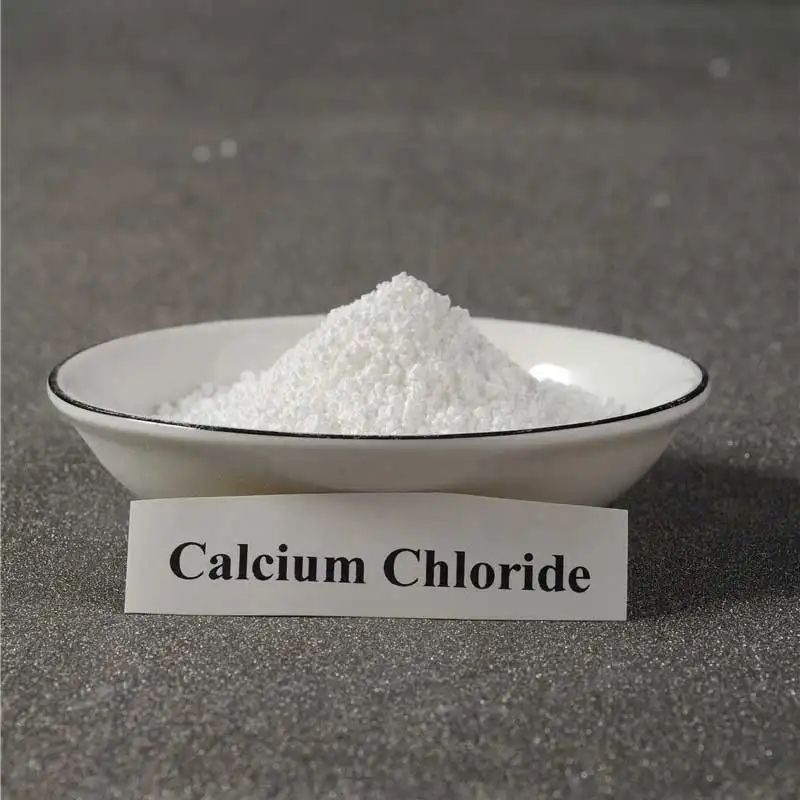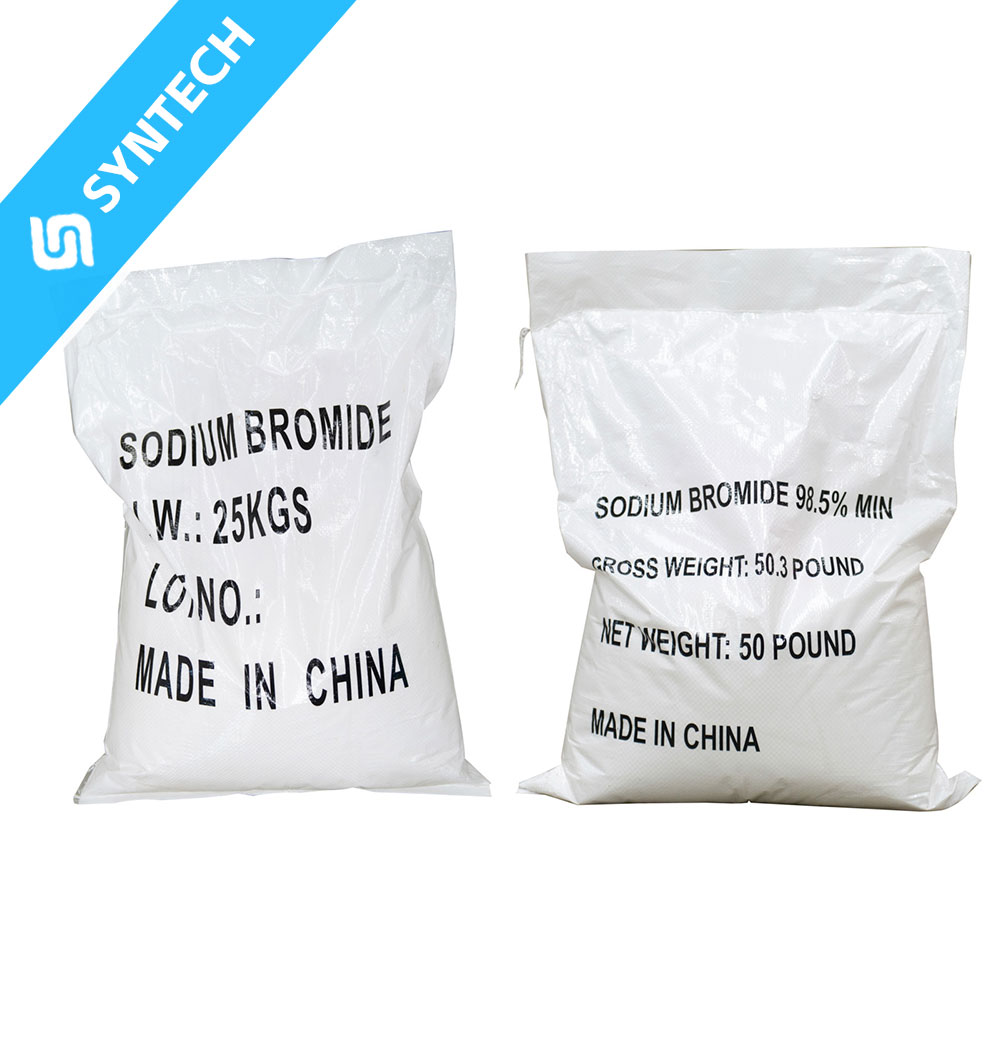1. Novel Progress in Preparation Processes
1.1 Green and Sustainable Raw Material Routes
A breakthrough in green synthesis emerged with the development of bio – sourced preparation technology. The 2024 patent US20240254384 proposed a method to produce sodium methallyl sulfonate using partially renewable, non – fossil (meth)allyl halides as raw materials . This innovation replaces traditional fossil – derived propylene – based raw materials, reducing reliance on petroleum resources while improving monomer purity. The bio – sourced monomer significantly enhances the polymerization performance and application effectiveness of downstream polymers, addressing the issue of impurity – induced performance degradation in conventional fossil – based monomers .
1.2 Optimized Solvent – Free and Recycling Processes
The sulfonation route using isobutene as a feedstock has been upgraded by employing sulfur trioxide – Lewis base complexes instead of pure sulfur trioxide, which improves reaction selectivity . A key advancement in this route is the elimination of additional organic solvents; excess liquid Lewis base acts as both the complexing agent and reaction medium, avoiding solvent – related hydrolysis by – products and wastewater treatment costs . In the post – reaction stage, diluting the sulfonation mixture with water before neutralization reduces complexing agent loss and alkali consumption, further enhancing process economy .
In the refining process, the 2019 Chinese patent CN115403490B developed a cyclic washing and mother liquor recycling system. By using a sodium methallyl sulfonate saturated solution containing chloride ions for targeted washing and recycling mother liquor with chloride ion content exceeding 0.3% back to the washing step, the process achieves minimal product loss, reduces chloride ion levels to below 300 ppm, and eliminates waste liquid discharge . This addresses the long – standing issues of high impurity content and environmental pollution in traditional activated carbon decolorization processes .
1.3 Catalyst and Reaction Efficiency Improvements
While specific green catalyst breakthroughs for sodium methallyl sulfonate synthesis remain limited, process optimization has significantly enhanced reaction efficiency. The two – stage cyclic reaction process described in US4094898A maintains a pH of 7 – 11 with sodium hydroxide addition, enabling the use of low – cost technical methallyl chloride containing up to 40% isocrotyl chloride. This eliminates the need for expensive monomer purification and shortens reaction time compared to conventional batch processes . Additionally, the introduction of EDTA as a reaction auxiliary in CN1462741A enhances reaction stability and product purity without generating harmful by – products .
2. Emerging Application Expansion Directions
2.1 Advanced Materials for Flexible Electronics
Sodium methallyl sulfonate has shown promising potential in conductive gel materials for electronic skins (e – skins). By forming ionic bonds between functionalized poly(thioctic acid) polymer chains and conductive polyaniline rods, solvent – free conductive gels with skin – like modulus, puncture resistance, and self – healing properties are obtained . These gels can convert temperature and strain changes into electrical signals, making them suitable for wearable health sensors, robotic tactile systems, and prosthetic interfaces . The sulfonic acid groups in the monomer enhance ionic conductivity and material flexibility, addressing the trade – off between mechanical performance and sensing capability in traditional e – skin materials.
2.2 High – Performance Oilfield Chemicals
In oil exploration, copolymers of sodium methallyl sulfonate and maleic acid exhibit exceptional barium sulfate scale inhibition, with static inhibition rates reaching 98% under optimal polymerization conditions (105°C, 30% monomer concentration, 7% sodium persulfate initiator) . These copolymers chelate with scaling cations and disrupt crystal growth, effectively preventing pipeline blockages in high – salinity reservoirs. Additionally, when copolymerized with acrylamide and quaternary ammonium monomers, it forms high – temperature and salt – resistant fluid loss agents and dispersants, critical for deep – well drilling operations .
2.3 Enhanced Construction and Water Treatment Materials
In the construction sector, sodium methallyl sulfonate serves as a key monomer in polycarboxylic acid water reducers. Its sulfonic acid groups provide strong electrostatic repulsion, synergizing with polyether side chains to improve cement particle dispersion, reduce water consumption by 20 – 30%, and enhance concrete compressive strength by over 15% . In water treatment, its copolymers with acrylic acid and maleic anhydride demonstrate broad – spectrum scale inhibition against calcium carbonate, calcium phosphate, and zinc salts, with effective dosages as low as substoichiometric levels .
2.4 High – Value Fiber and Carbon Materials
Beyond traditional polyacrylonitrile fiber modification, sodium methallyl sulfonate plays a crucial role in high – performance carbon fiber production. As a second monomer, it narrows the molecular weight distribution of polyacrylonitrile precursors, improving the tensile strength and modulus of carbon fibers . In textile applications, it enhances fiber dyeability, heat resistance, and weaving performance, enabling bright, color – fast acrylic fabrics .
2.5 Biomass – Derived Polymer Applications
The bio – sourced sodium methallyl sulfonate monomer opens new avenues in environmentally friendly polymers. These polymers are being explored for enhanced oil recovery (EOR) through subterranean formation sweeping, leveraging their biodegradability and high – temperature stability to reduce environmental impact compared to fossil – based alternatives . Additionally, their water – solubility and biocompatibility make them potential candidates for controlled – release fertilizer coatings and biodegradable packaging materials .






